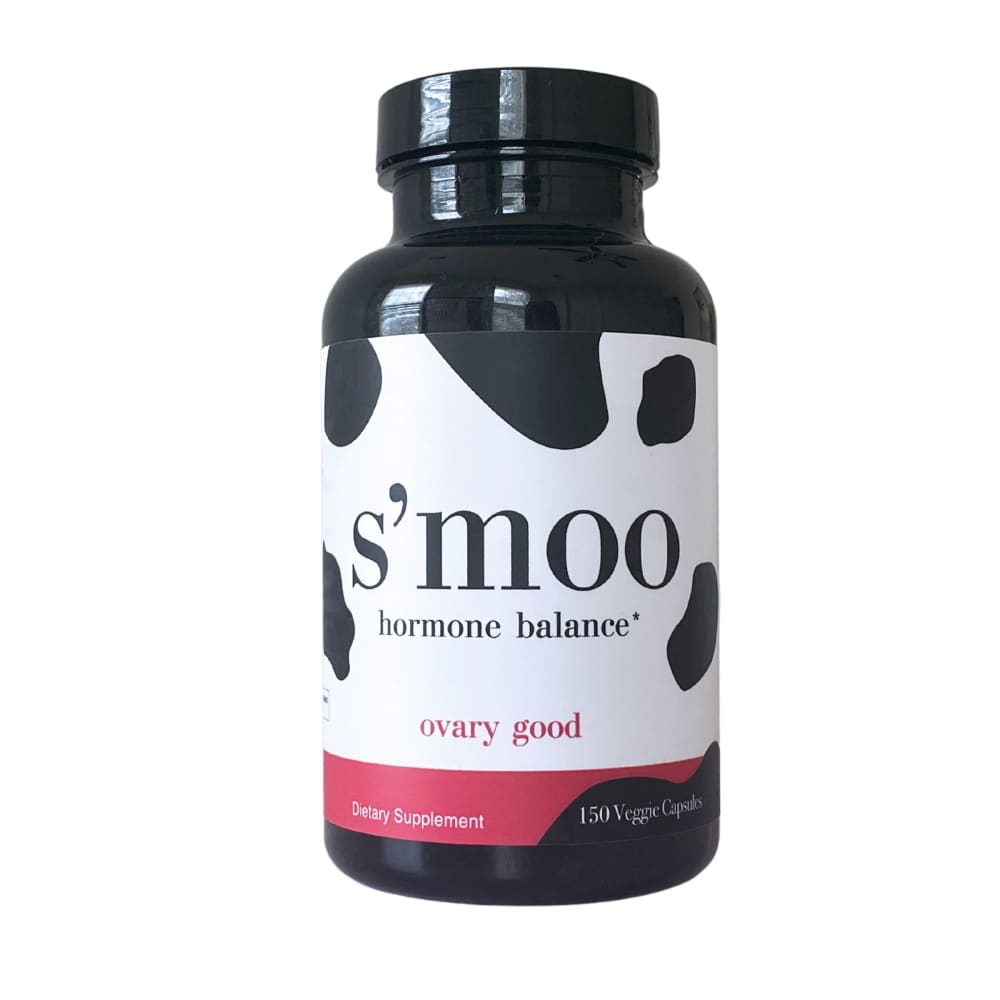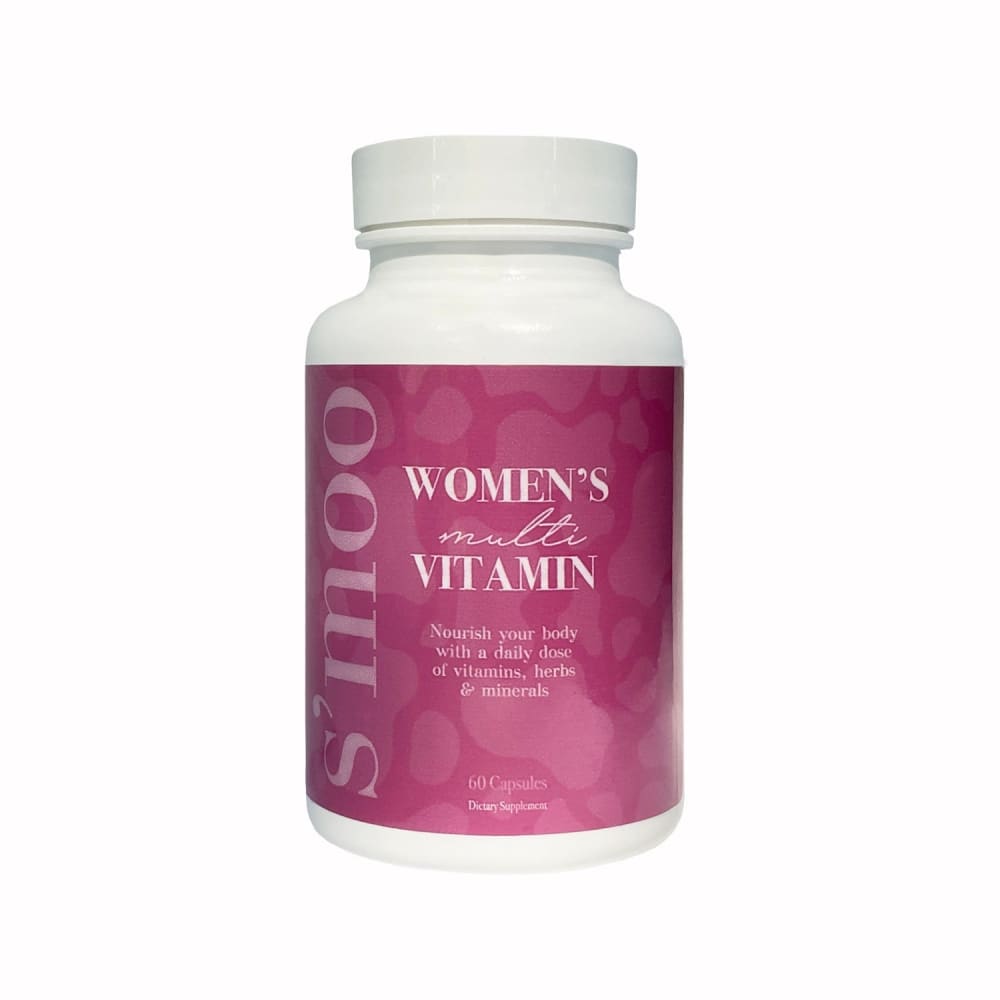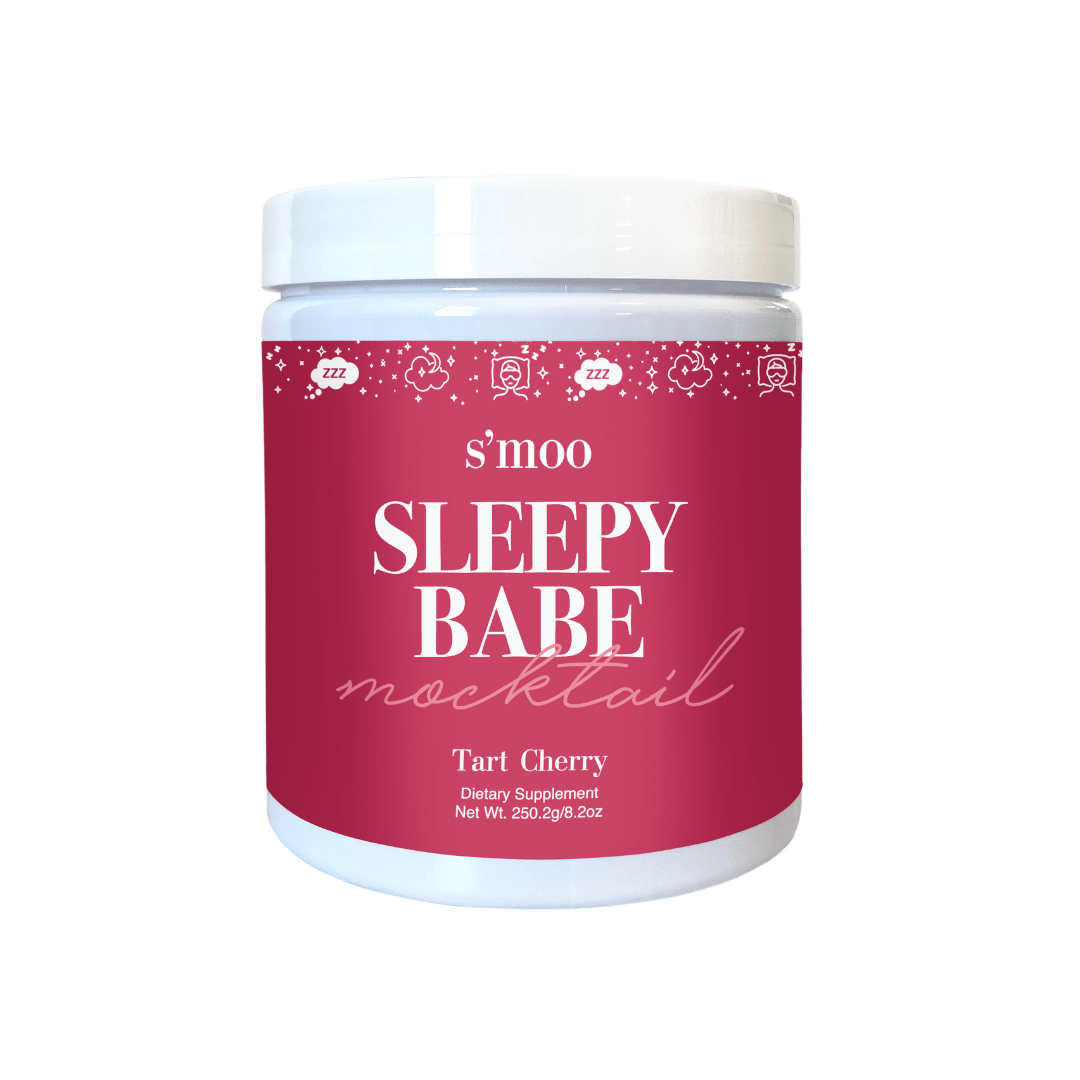Using Spironolactone to Treat Acne: What you should know!
Acne is one of the most uncomfortable things to deal with. They make your skin sore and uncomfortable and whether they are trapped under the skin or popping out of it, they aren’t easy to cover up. It seems as they heal, more begin to crop up and it can be frustrating when none of the products off the shelves are working
So what helps? Obviously there are a million and one products out there designed for acne. The real question is, what is causing your acne? Is it your diet, your hormones, bacteria, hair follicles clogged by oil/dead skin or excess oil production?
If you think your acne might be caused from your hormones because your acne is suspiciously popping up on a schedule (before, during or after your period) you’ll want to keep reading.
First, we are going to explore how spironolactone is used to treat acne. Spironolactone is prescribed by a doctor and is used to help slow down your body’s production of androgen. Androgens are important for everyone, however, if your body is over producing androgens it can cause glands in the hair follicles on your skin to produce too much oil, clogging your pores and causing acne.
Spironolactone (Aldactone) is a “water pill” meaning it removes fluid from your body. Meaning one of the side-effects of taking spironolactone is that you have to use the restroom a lot. Spironolactone is effective for treating acne in women but it isn’t used from acne in men because it decreases testosterone. Besides treating acne, spironolactone is used for heart failure, edema (when fluid is built up in your body), and hirsutism (a condition often experienced by women with PCOS, who have unwanted male-pattern hair growing on their back, face, check and chest caused by increased levels of androgens).
Spironolactone can slow down your body's production of androgen and prevent the androgen your body does make from having as much of an effect on your acne.
Remind me again what androgens are?
It can be hard to keep track of all these words unless you’ve already been living with PCOS and PCOS symptoms for awhile. Most women don’t even know they have PCOS until they go to the doctor with questions on why they can’t get pregnant. Women with PCOS often have increased levels of androgens which are often called a “male hormone” but don’t let that term fool you as everyone needs androgens. Women with PCOS aren’t the only ones who can have high levels of androgens but it is pretty common.
Both men's and women's bodies produce androgens, just in differing amounts. For women, androgens are actually responsible for about 200 actions in our bodies. Androgens are testosterone and androstenedione which are much higher in men and give them a lot of their male traits and reproductive activity.
For women, androgens are converted into estrogen (a female hormone) and these androgens are produced in your ovaries, adrenal glands and fat cells. One of the most common hormonal disorders in women is having too much or too little of androgens.
Back to spironolactone: Now that you know more about androgens and what they do, let’s get back to spironolactone which is used to slow down your bodies production of androgen in order to help clear up acne and also reduce hirsutism (excess hair growth).
Are you a potential candidate for spironolactone?
Your doctor might ask you these following questions:
If you come to your doctor thinking your acne might be from a hormonal imbalance, they might evaluate you for the two most common causes of hyperandrogegism (too many androgens being released) which are PCOS (polycystic ovary syndrome) and CAH (congenital adrenal hyperplasia). PCOS affects 1 in every 10 women, where as CAH is much less common, affecting approximately 1 in 10,000 to 1 in 15,000 people in the United States and Europe. For those who don’t know CAH is a genetic disorder that affects the adrenal glands.
If my doctor prescribes Spironolactone for my acne, how long does it take to work?
Just like everything, it really depends on your body and your response time might be different from other women with similar symptoms. However, on average the most people start to see less breakouts and oily skin within a few weeks. Studies on Spironolactone show that the longer people take it, the more benefit they have from the medication.
If you experience side-effects from spironolactone they could include the following: Going to the bathroom often, changes in your menstrual cycle, breast tenderness, fatigue, headaches or dizziness.
If you’re not ready to head to the doctor and see if Spironolactone is for you, you can also try S’moo first which women have been using to regulate their hormones and which has had results for some women experiencing hormonal acne. At the end of the day, what works for you depends on what’s going on in your body and what it needs to rebalance your hormones.
Trial and error is the best way to find a solution. And try, try some more. Everyone is so different and your body will respond better to somethings versus others. There is always a solution though so no matter what, don’t give up.
Source: https://www.sciencedaily.com/releases/2018/06/180604093142.htm
-------------------------------------------------------------------------------------
Medical Disclaimer
This content is strictly the opinion of S'moo and is for informational and educational purposes only. It is not intended to provide medical advice or to take the place of medical advice or treatment from a personal physician. All readers/viewers of this content are advised to consult their doctors or qualified health professionals regarding specific health questions. Neither S'moo nor the publisher of this content takes responsibility for possible health consequences of any person or persons reading or following the information in this educational content. All viewers of this content, especially those taking prescription or over-the-counter medications, should consult their physicians before beginning any nutrition, supplement or lifestyle program.










